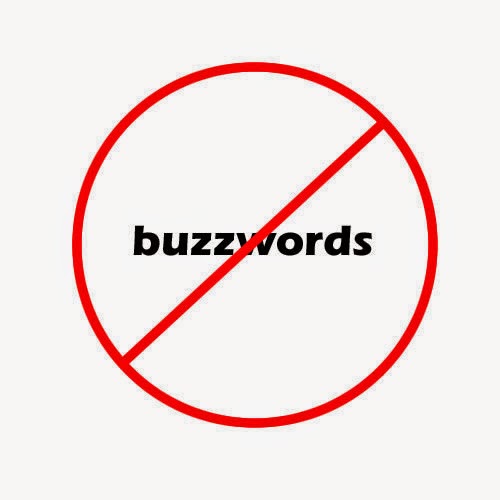Many of you are aware that a few months ago I started a 30 day blog challenge which I successfully completed a while ago. I got to feel a bit complacent and began a new challenge. My new challenge is to write five blog posts on 4 different topics. My first top was differentiation and if you look at previous posts you will find 5 a posts on that topic. Today begins a series of posts on my second topic creativity and innovation.
As a first post I would like to use the article
"Fundamentals of Creativity" which was written in Feb 2013 and published in ASCD Educational Leadership magazine.
What is creativity? Does it mean just not conforming to the way things were done, or by thinking out of the box.
Ronald A. Beghetto and James C. Kaufman the authors of the article say the following:
"Creativity Takes More Than Originality
The first question educators should address is, What is creativity? People commonly think of creativity as the ability to think outside the box, be imaginative, or come up with original ideas. These are aspects of creativity, but they tell only half the story.
Scholars generally agree that creativity involves the combination of originality and task appropriateness(Kaufman & Sternberg, 2007; Plucker, Beghetto, & Dow, 2004). This combination may seem contradictory. How can something be original and at the same time conform to a set of task requirements? And isn't originality sufficient for something to be judged creative? Why must it also be task appropriate?
A quick example (adapted from Beghetto & Plucker, 2006) may help. Consider a teacher who wants students to express creativity in their science fair projects. Before assigning students to create their own projects, the teacher discusses the scientific conventions and requirements of the project. (For example, each project must pose a hypothesis, gather evidence to test the hypothesis, and explain whether the hypothesis has been supported.) Students are then invited to work within these conventions to create their own original, personally meaningful science fair projects.
Teachers who understand that creativity combines both originality and task appropriateness are in a better position to integrate student creativity into the everyday curriculum in ways that complement, rather than compete with, academic learning. For example, during a lesson on ancient Rome, students might create a diary for a person living during this time, with period-accurate details. A biology class might have students brainstorming about the conditions under which a plant might grow best. Or a math teacher might have students explore how many different ways they can solve an algebraic proof."
I believe this combination is important. Without it I fear that creativity could become a buzz word like technology.
On more than one occasion I have asked teachers do they use technology and I also got a resounding YES!. However when I would pop into the classroom the teacher was using the iPads but the lesson /activity was a simple pen and paper activity and the teacher replaces the paper with an iPad. That is not incorporating and using technology. If we don't incorporate creativity with appropriateness and meaning we will get similar answers and results.
They continue to point out that:
"Creativity Comes at a Cost
Creativity is often associated with fun, fluff, and frills. A quick Google image search on creativity yields a vast array of playful images, including laughing faces, smiling light bulbs, colorful arrays of crayons, and explosive bursts of paint. These images belie the more serious aspects of creativity. Creativity can have benefits that transcend temporary enjoyment. It can produce effective solutions to highly complex societal problems; lead to higher levels of career success; and create intense personal enjoyment, engagement, and meaning in life (Kaufman, 2009).
But the benefits come with a cost; creativity requires work, effort, and risk. Many years of painstaking effort are needed to develop the expertise to make creative contributions that go beyond the everyday level. Moreover, even everyday creativity takes effort, subject-matter understanding, the ability to put a new spin on the task at hand, and the willingness to share one's creative expression with others—risking rejection, ridicule, or worse.
When a young student shares a new and personally meaningful perspective on how to solve a math problem, she risks having her idea dismissed or misunderstood by her teacher. A student who volunteers to read a story in front of the class is taking the chance of being laughed at by his peers. It does not take many such incidents for a student to learn that it's not worth the effort and risk to share personal ideas—it's much easier to provide the answers that teachers and peers expect."
It should come to no surprise to many of you what I am going to say next. Creativity requires a culture of risk taking and one where its joke to fail In other words creativity is predicated on having a growth mindset.
I believe there is another "cost" too often creativity is seen as a frill or if I have extra time we will do a creative project. This idea I believe comes from the fact that creativity is subjective and is harder to assess and definitely doesn't fit into a culture of standardized testing. Therefore teachers see creativity as a "cost" in not being able to focus on the core curriculum.
Again this idea and culture needs to be changed. Creativity is not an extra but needs to be incorporated into all aspects of the curriculum. Creativity also affords us the ability to reach those students who may think more abstractly and tend not to do as well as in the standardized environment many schools have created..
There is a lot to say about the topic and this was merely an intro. Stay tuned for more posts about creativity and innovation.









